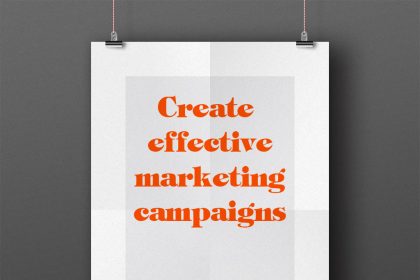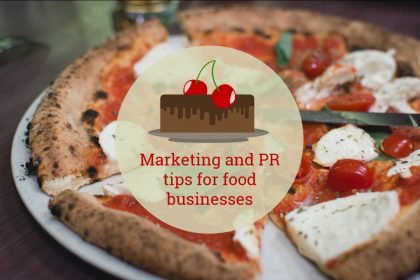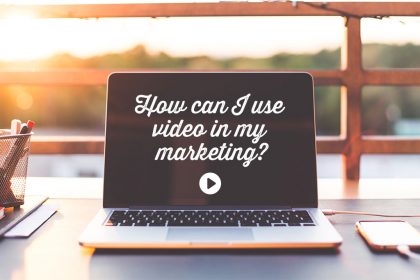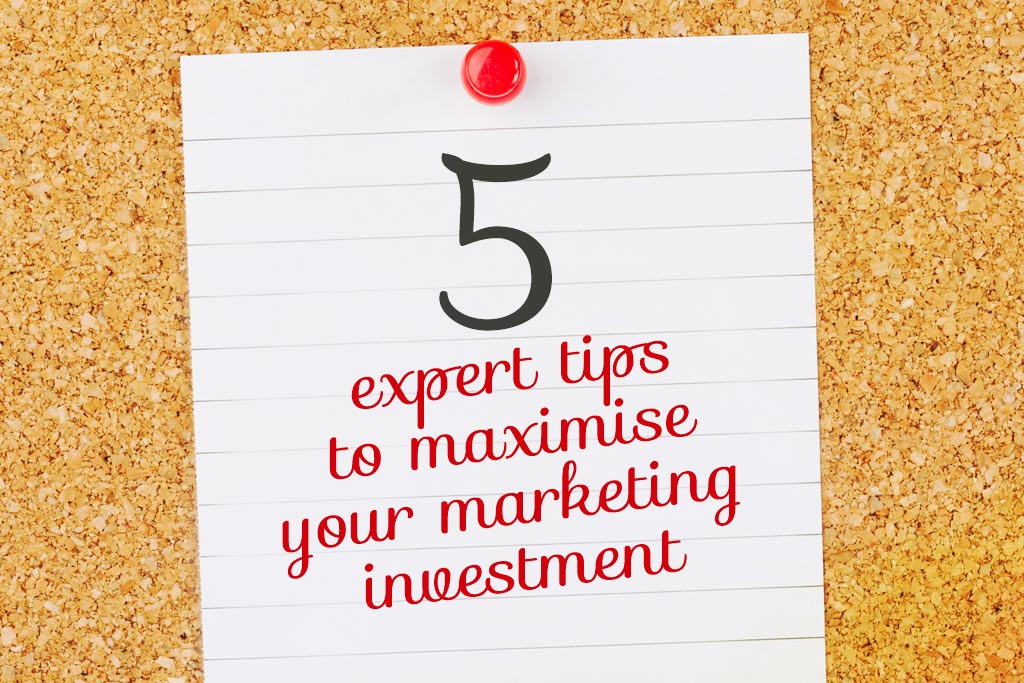How to write an effective auto-responder email series
Want to welcome new subscribers to your email list – and turn them into fans and customers Find out how to write an effective autoresponder series.
Some people think that creating an autoresponder series is a one-size-fits-all-set-it-and-forget-it process. But that’s exactly why so many of them fail, and don’t seem to understand where they went wrong.
Creating a high performing autoresponder series takes a lot of work, and unless you understand how to keep your customers engaged without alienating them, then you won’t get much from it. Here are some of the tips for building a successful autoresponder series.
Start with a clear goal
Before you even start, you have to have a clear plan and goal in mind. You need to know what exactly you’re trying to do with your series.
Are you trying to build a relationship with your audience and use your series to build your personal brand? Are you trying to build up buzz for an event or product you’ll be launching? Do you want to create awareness for your brand and build a following? Or are you simply trying to sell them on some of your products?
After you’ve narrowed this down, you can start on your strategy. If you’re trying to sell them a mini-course, you don’t necessarily have to send a welcome message first. You should get to the point directly and use the first part of your series as an introduction.
But be careful not to start selling them on any of your products until the very end of it. They’ll be more inclined to buy from you after they’ve identified you as a valuable resource.
Most of the time however, you’ll want to start with a welcome email. The message can include a simple thank you message, a link to your principal lead magnet and a few links to your blog, social media profiles, and website. (If you don’t know how to formulate a welcome message, you can check out these few welcome email examples.
You should also have a welcome series ready to keep your audience engaged and to establish yourself. One example is the Ahref newsletter. Two days after your initial welcome message, they send a tutorial on how to attract backlinks to your website.
This works well with their product offering and is great for keeping users engaged. Then two days later, you’ll receive an email on how to steal and spy your competition’s SEO. And six days after signing up, they send a few SEO tutorials.
Notice how none of those are actually selling anything. This is the best way to establish yourself as a genuine resource with your audience and to build trust.
Segment your list
Segmenting your list is particularly important with autoresponder series. Autoresponder series have to be laser targeted and highly relevant to your audience for them to work. Your email list should be segmented based on things like buyer position, sales cycle stage, demographics and interest for instance.
Segmented lists have higher open and click through rates and lower unsubscribe rates as well. At the end of the day, sending emails to a segmented list will significantly improve your ROI.
Map out your sequence
Mapping out your sequence correctly is probably the most important part of a successful autoresponder series.
Your first task is to calculate the length of the sequence. When it comes to the exact number of emails in a particular sequence, there is no official rule. The ultimate goal should be to reach your objective. The sequence’s purpose, subscriber’s preferences, and segments will ultimately determine how long it should be.
A short, three email welcome sequence can work in some cases if all you want is to start building a relationship. If you’re trying to launch a product however, you should try to make the sequence a bit longer, for example seven to 10 messages at a minimum.
But in reality, there is really no limit to how long an autoresponder series can be. But the longer the series will be, the harder it’ll be to personalise and adapt to make it more current.
Identify the frequency
The next step is setting up the frequency of your emails. Sending emails too often could deter your audience and send your unsubscribe rates skyrocketing. Sending emails too far apart could alienate them and prevent you from building an actual relationship.
If you’re going to send educational emails, then sending messages every other day would be optimal. However, if someone closed their cart for instance, or if an offer is close to expiration, then sending multiple messages in a day might be more efficient. Again, it’s all about what your goals are and what you’re trying to accomplish.
Another thing you have to evaluate is how many emails you’ll be sending solely for value and how many will be promotional in nature. A general rule of thumb is to stick with the 80/20 rule – for every four value-based messages, send one promotional one.
But at the end of the day, you can never give your subscribers too much value, so if you aren’t certain as to how many value-based messages you should send, it’s always better to send too much than too little.
Always offer value first
If you manage to follow these few simple tips, you should be able to significantly improve the performance of your autoresponder series. Remember to always focus on providing value first and do everything in your power to make sure that your series are as personalised and as relevant as possible.
Photo by Ellyot










